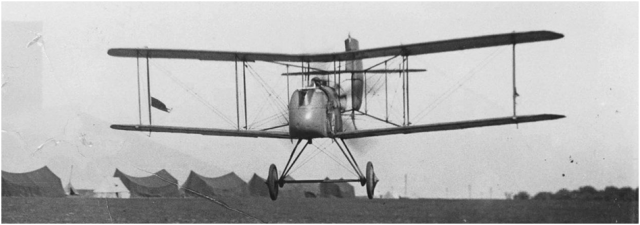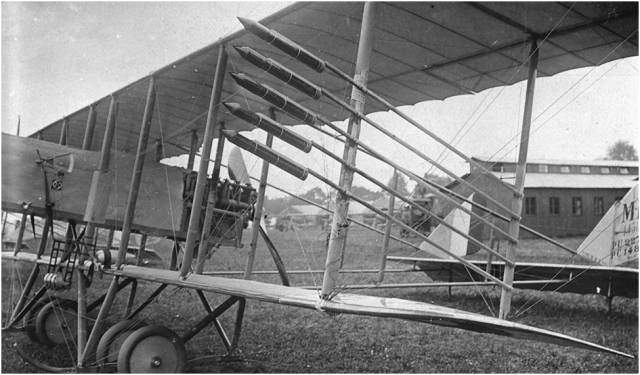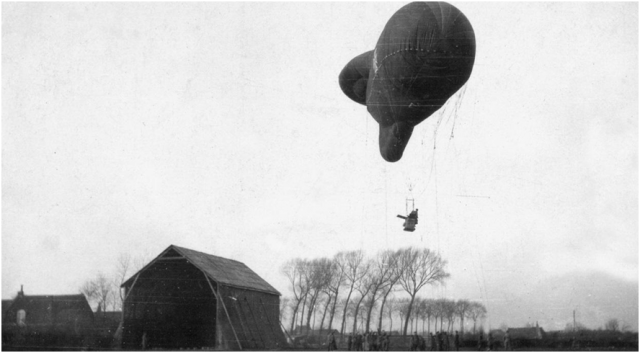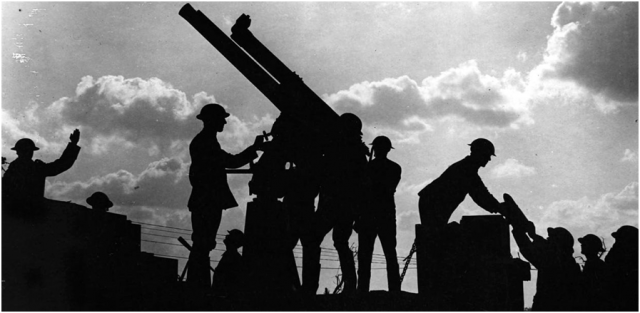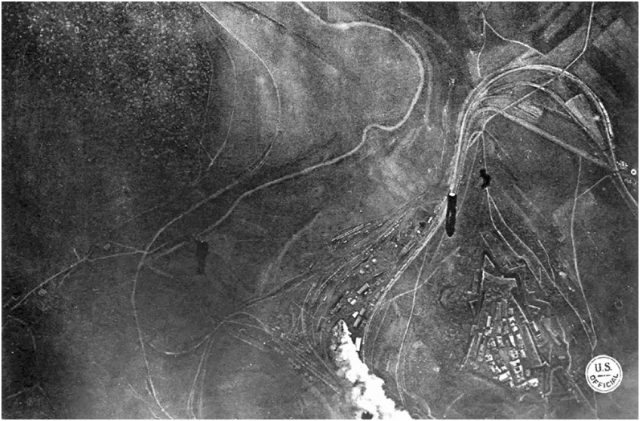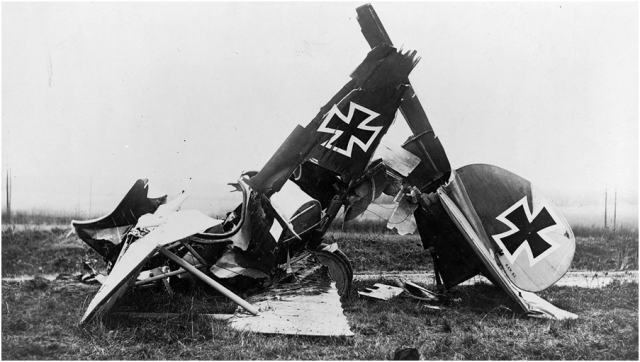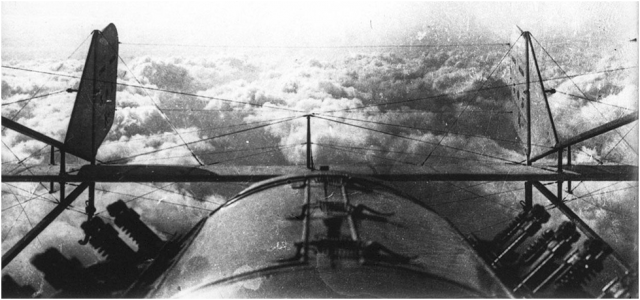The role of military pilots during World War I started out primarily as observers, often flying either unarmed or with just a pistol for protection.
By the year 1918, this changed drastically when these pilots took on a more offensive role, arming themselves with explosives and machine guns, and flying bombers and fighter planes.
Defensive measures, such as kites and tethered balloons and other older technologies, were used by the front lines, and new tactics had to be developed by pilots to keep from plummeting to the ground.
Weapons developed for anti-aircraft increased as military aircraft became more threatening. Being a military pilot during the war became more and more deadly as they fought off enemy fire, the weather, and their unfamiliarity with the newest types of aircraft.
Aerial photography became increasingly necessary in order to guide attacks and view the level of damage after an attack, The Atlantic reports.
It was not uncommon for pilots to crash and be killed in the line of duty.
A century after the war, pictures help to tell the story of the impact this war had on the world and what these military pilots experienced during conflict.
